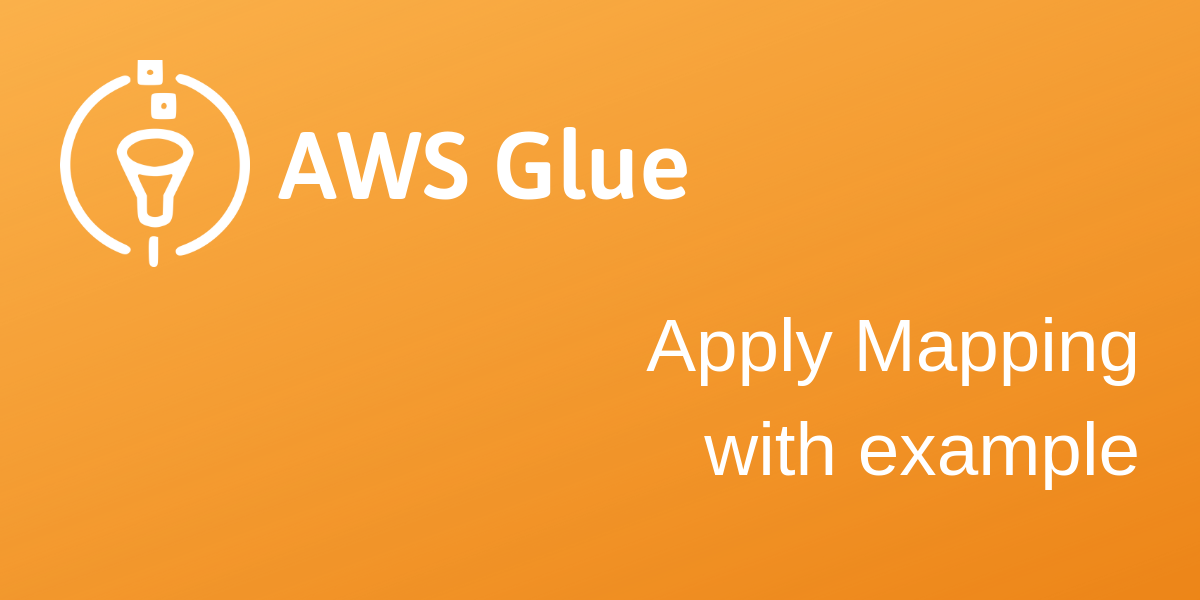Optimize your marketing efforts with the power of raw data
If you're in marketing (I'm not), you'd want to know how much bang-for-buck your campaigns are producing. Now I'm no Google Analytics expert, but I'm going to make a claim that you too might have an easy time measuring conversions across your campaigns, but not so much how your sign ups differ between them? Is one bringing in more high quality people than others?
If you are running a web shop or some other transaction-based business then sure, you can set up Google Analytics Ecommerce to follow up on customer life time value. But what if you are running a SaaS and you bill monthly? Or you have a freemium model and you hope to monetize the high volume users through some additional features, how would you compare your campaigns then? With only Google Analytics, it is tough to analyze how the users coming through different marketing campaigns differ from each other.
What you need is raw data and to know the path each of your user has taken as they sign up to your service whether paid, direct, organic or other. But Google doesn't give out this information easily. You could invest in Google Analytics 360, which means perhaps $150 000 a year. I love the quote they've selected to highlight by the way:
“Companies spend a lot of money on marketing, it’s difficult to understand which dollars are working and which dollars aren’t. The Google Analytics 360 Suite allows you to actually understand which half is working.”(Shouldn't Google Analytics be able to do that already? No? Okay, my bad.) If you're unwilling to spend the $150 000 on 360, there is also a hack for querying raw data from Google Analytics. I don't particularly like this approach as it is still dependent on Google to allow this.
You can, however, simulate Google Analytics behavior with your own code and do whatever you wish with the data. Especially if your landing pages are in a different sub domain than your service, you'll might be more successful using a cookie instead of the local storage.
The workflow is simple:
With the simulated GA cookie script above, you can deduce quite a bit of information from the referrer URL, such as
We ended up storing the cookie value as a base-64 JSON string. In the below example our
The workflow is simple:
- Store your data to the user's browser as they first arrive to your site. At that point you have access to data such as referring URL. This allows you to calculate almost everything, except e.g. auto-tagged adword campaigns (as of November 2017).
- Once your user successfully signs up to your service, you will need to fetch the marketing traffic data from the user's browser and
- Send the data off to somewhere, along with the ID of the new user.
source and medium, and if the URL is UTM tagged, also campaign, term and content. For debugging purposes, it might be helpful to store the full referrer url as well.We ended up storing the cookie value as a base-64 JSON string. In the below example our
valueArray would contain information such as source, medium, campaign, term and content.// when saving the array to cookie
cookieValue= btoa(JSON.stringify(valueArray));
// when reading the cookie
valueArray = JSON.parse(atob(cookieValue));
document.cookie =
"cookiename=cookieValue;expires=Sat, 18 Nov 2017 00:00:00 GMT;domain=.yourdomain.com";Once the data is in your analytics database, you will be able to analyze what kind of users you are getting from the different marketing sources and double down on those that bring in more quality sign ups.
It's probably easiest to implement this logic in Google Tag Manager. Have fun! Let me know if you're planning to try this and how it went!


Comments
Post a Comment